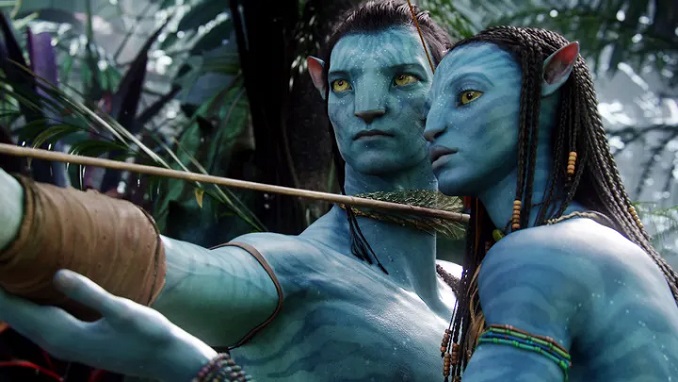
Thirteen years after the first Avatar film, the sequel has arrived. The original science fiction film broke box office records and became the highest-grossing film of all time for a decade.
But are Avatar and its sequel Avatar: The Way of Water problematic? Some say that the movies romanticize or glorify colonialism.
James Cameron, who wrote and directed the films, has previously said that Avatar is based on the colonization of Native Americans.
Critics say that Indigenous people have taken issue with the themes in Avatar for years, but it is only now with the increasing visibility of social media that there is a wider platform for them to share their opinions and continue a discourse about the problematic nature of the story.
“The truth is, reimagining colonial violence and the suffering of indigenous people through the eyes of an alien species isn’t the epic story Cameron thinks it is,” said critic Shaznay Martin.
“It’s an appropriative and tasteless virtue-signaling of a traumatic issue that still affects millions of native people today.”
The sequel is set sometime after the human colonizers have been forced off the planet of Pandora. The bad guys are once again led by the original baddie, Colonel Quaritch, and they are focused on the family of heroes Jake and Neytiri.
Cultural critics say that Cameron’s film presents itself as anti-colonialist, but it lavishes all its energy and innovation on its visuals, ultimately somewhat helplessly reiterating the colonial visions it claims to reimagine.
“Cameron even attempts to address the first film’s worst failing — its rote white savior narrative. Here, however, he doesn’t entirely succeed,” said cultural critic Noah Berlatsky.
Critics say that Cameron likely thought the film would implore pro-colonialists and Western imperialists to think differently about history. But that if he really wanted to fight for indigenous people, he could have directly provided aid, reparation, or tangible support for the communities rather than producing a multi-billion dollar franchise that emblematizes their trauma.




Be the first to comment